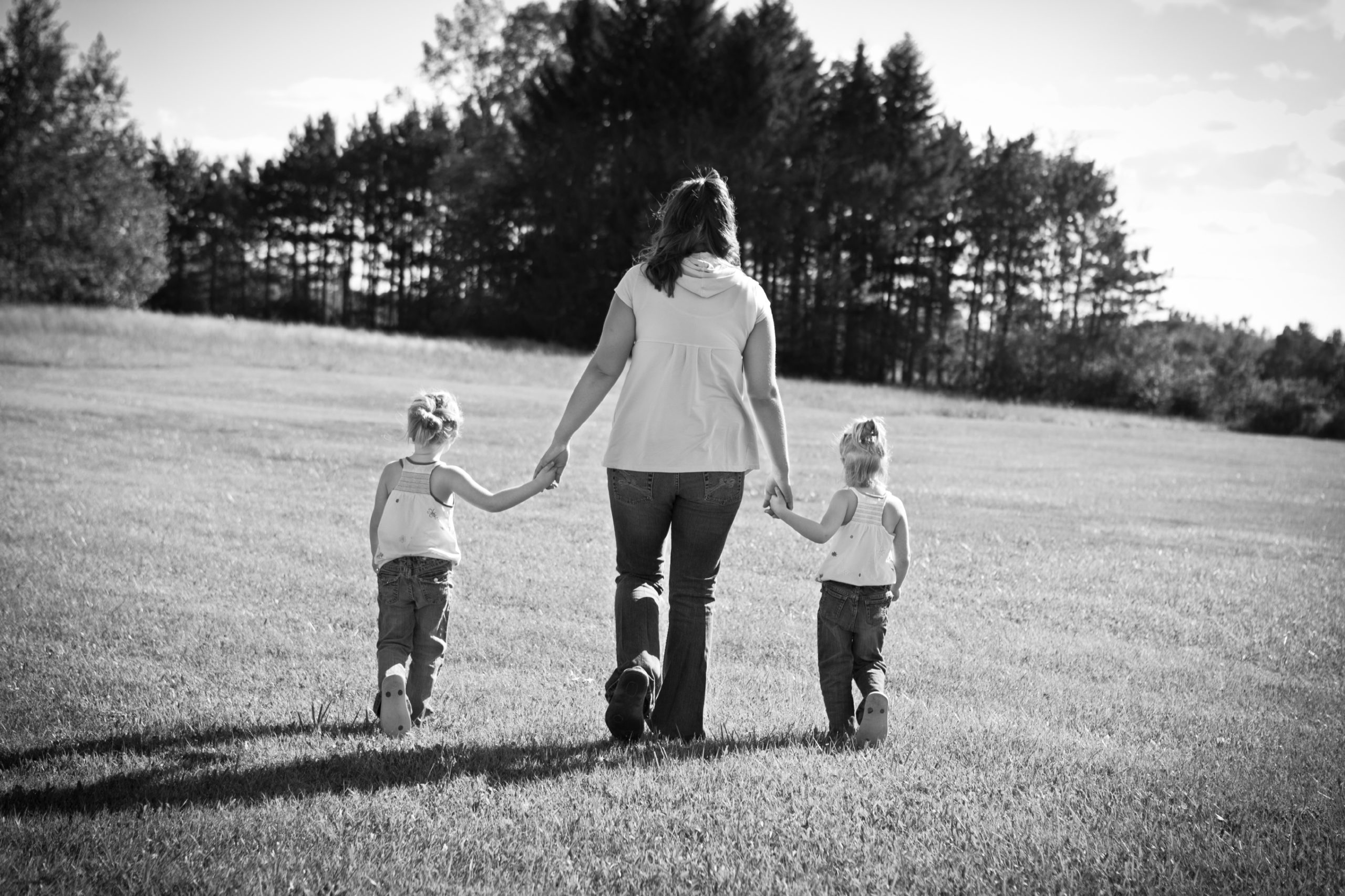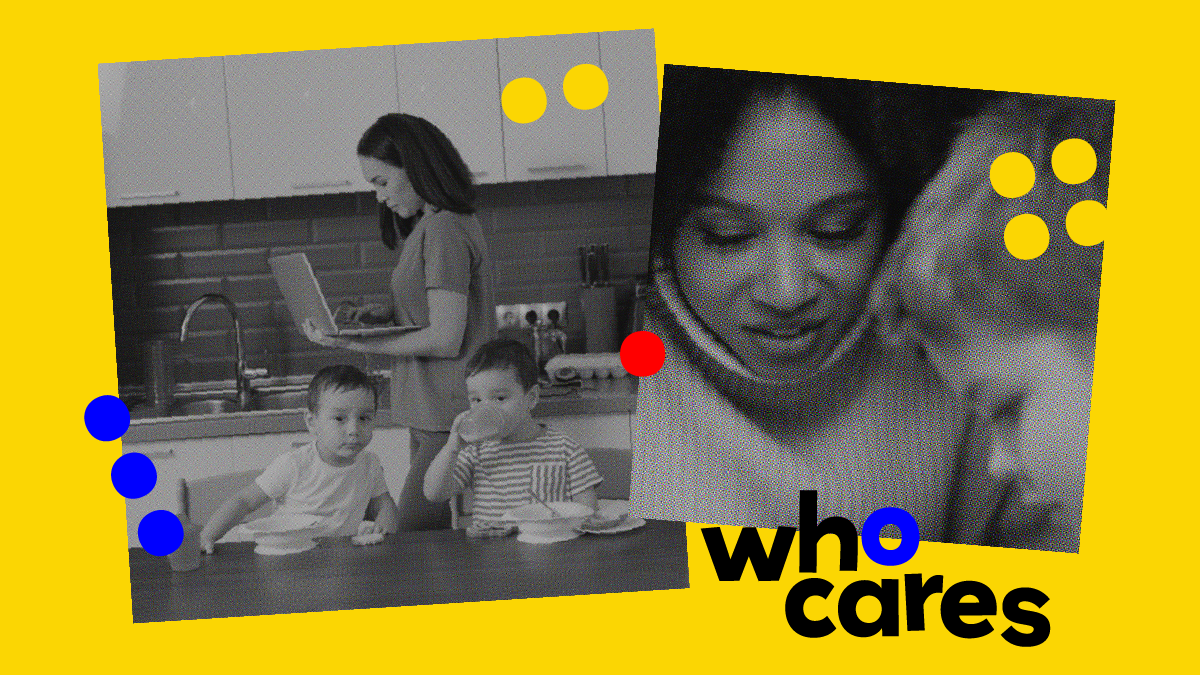Share of Parents Without Access to Child Care Increased After Federal Funding Expired in States that Didn’t Fill Gap
Washington, DC – The expiration last September of billions of dollars in pandemic-era federal funding for child care is hurting families in states that failed to fill in the funding gap.
A new analysis by the National Women’s Law Center (NWLC) found that among respondents of the Census Bureau’s Household Pulse Survey Data, the share of parents without access to child care increased from 17.8% in the fall of 2023 to 23.1% in the aftermath of the September funding cliff in states that did not dedicate additional state funding for grants to child care providers, programs to support their child care workforces, or other solutions to directly support providers.
Yet, according to the NWLC analysis of the data, the share of such parents who couldn’t access child care barely rose in states that dedicated additional state funding to directly support child care programs and providers.
NWLC’s new analysis, using data from the Census Household Pulse Survey conducted from August to October 2023 and from January 9 to April 1, 2024, also found that in states that dedicated additional funding for child care programs and providers, there was a significant decrease (from 45.3% to 31.9%) in the share of women who wanted to work but reported not working for pay because they were caring for children not in school or child care.
See below for a quote from Melissa Boteach, Vice President of Child Care and Income Security at NWLC:
“The data underscores that our nation’s child care crisis is a policy choice. When lawmakers invest in early education, families and communities benefit. When the opposite is true, which is too often the case, families, early educators, and our entire economy suffer. But access to care shouldn’t depend on your zip code. Congress must pass $16 billion in emergency child care funding, as well as long-term, robust investments in child care so that every family can access affordable child care.”
Click here to read full fact sheet: Women and Families Struggle with Child Care Following the Federal Funding Cliff, But Fare Better in States with Additional State Funding for Child Care
###




